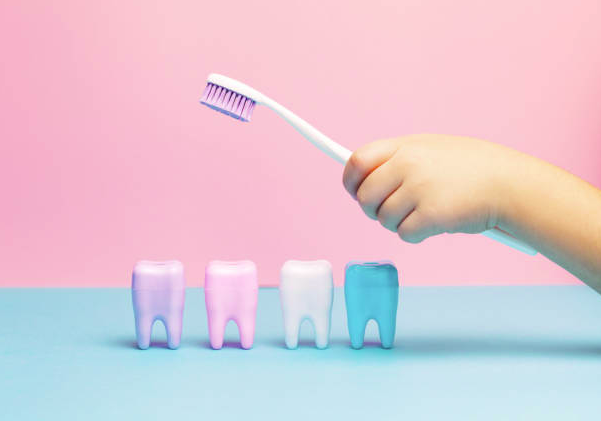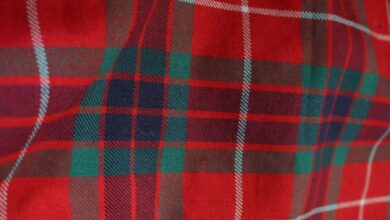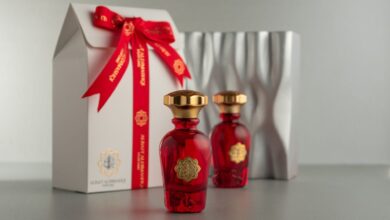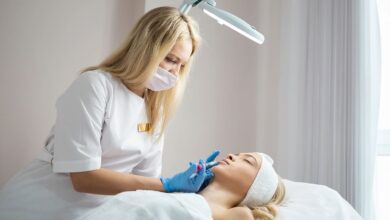There are so many options when it comes to choosing a toothbrush for your child. As children grow, their toothbrushes change in size and shape to suit their needs and abilities. Following a few simple guidelines can assist you in selecting a toothbrush that effectively cleans your child’s teeth while also encouraging good dental care habits.
Children’s Toothbrushes
It is important to select a toothbrush for kids that fits comfortably in their mouths and is easy for them to hold and use. The bristles should be soft and rounded or polished to effectively clean their teeth without causing irritation to their gums. In order to encourage regular tooth brushing, consider choosing a toothbrush that your children find appealing and enjoyable to use.
Babies and Toddlers
According to the Indian Dental Association, it is recommended to clean your baby’s gums with a damp cloth or gauze and to start using a gentle toothbrush once their first tooth has erupted. Toothbrushes designed for babies have small heads and come in bright colors to make them appealing for your child. Brushing your baby’s teeth helps to keep their gums clean and can help establish a twice-daily toothbrushing routine. As your child grows into a toddler, they may want to participate in toothbrushing time.
It is easy for small hands to hold toddler toothbrushes because they have small heads and large handles with soft grips. Depending on their age, your child may not be able to brush their own teeth effectively, but they can take turns before or after their parent. Powered toothbrushes, which can be engaging and fun for young children to use, are available for children of this age and older.
Ages Five to Eight
As your child reaches the ages of five to eight, they are getting closer to being able to take charge of their dental health care. Toothbrushes for this age group have slimmer handles to better fit a child’s more refined grip and larger jaws. At this age, children are also developing the skills to effectively clean their teeth, but they still need supervision while brushing. Many toothbrushes for children in this age range are designed with popular cartoon characters to make brushing more enjoyable. For example, Colgate Kids toothbrushes are specifically designed for children five years and older who have a mixture of baby and adult teeth. Choosing a toothbrush with your child’s favorite character can help maintain their interest in brushing their teeth.
Preadolescence
Children aged eight and up are able to brush their teeth independently. Toothbrushes designed for this age group have a similar appearance to adult toothbrushes but with slightly smaller heads and larger handles. Both manual and powered toothbrushes are appropriate for children in this age range. Both types of toothbrushes effectively clean teeth and gums, but the Indian Dental Association suggests that powered toothbrushes may be easier for children to use and may be more suitable for those with physical limitations that may impact their ability to use proper brushing techniques.
Using Toothbrushes
Having the right toothbrush is important for your child’s oral health, but it is not the only factor in maintaining clean, healthy teeth. It is recommended to brush teeth twice a day, after breakfast and before bed, and to floss daily once two teeth are touching. It is important to replace toothbrushes when the bristles become frayed and no longer stand up straight or at least every three months, whichever comes first. Children’s toothbrushes may need to be replaced more frequently than those of adults, according to the Indian Dental Association (IDA).
Buying the right toothbrush for your child is about ensuring he has clean teeth and gums; it is about setting up good oral health habits that will last him a lifetime. Follow the age range guidelines on the packaging and involve your child in choosing a new toothbrush so he has a brush that fits the mouth well and is comfortable to hold, and that he loves to use.
Teaching Your Child The Fine Art Of Brushing
It is best to brush your child’s teeth until they are about three years old, after which you can teach them to brush their own teeth. To make the experience comfortable for your toddler, hold them on your lap and support their head with your arm. Take the time to explain what you are doing and why, and let your child take turns brushing their teeth with you. Praise them for a job well done to encourage the habit.
It is important to continue to supervise your child’s toothbrushing until they are seven to eight years old, even if they are able to hold the toothbrush firmly on their own. At this age, their motor skills are not fully developed and they may be tempted to cut corners on their brushing routine. Make sure your child brushes for two minutes and pay close attention to help them reach all areas of their mouth, including their gum lines and the spaces between their teeth.
Give Your Child The Gift Of Good Oral Health
As a parent, you want to provide your child with the best of everything, including the best habits. In this post, we discussed ways to help your child develop a toothbrushing habit, including starting early and using the appropriate toothbrush. We also provided specific steps for brushing your child’s teeth and techniques to encourage them to brush independently. Finally, it is important to supervise your child’s toothbrushing to ensure that good oral care habits are developed and maintained.








